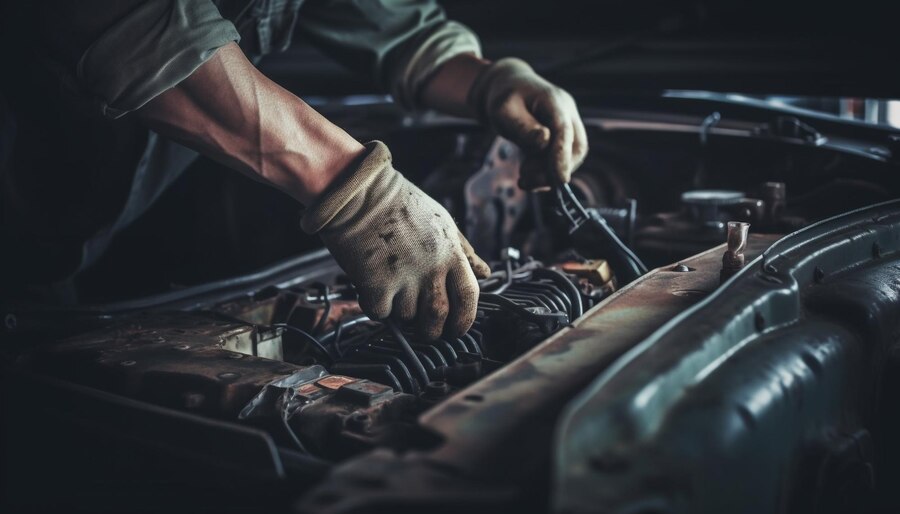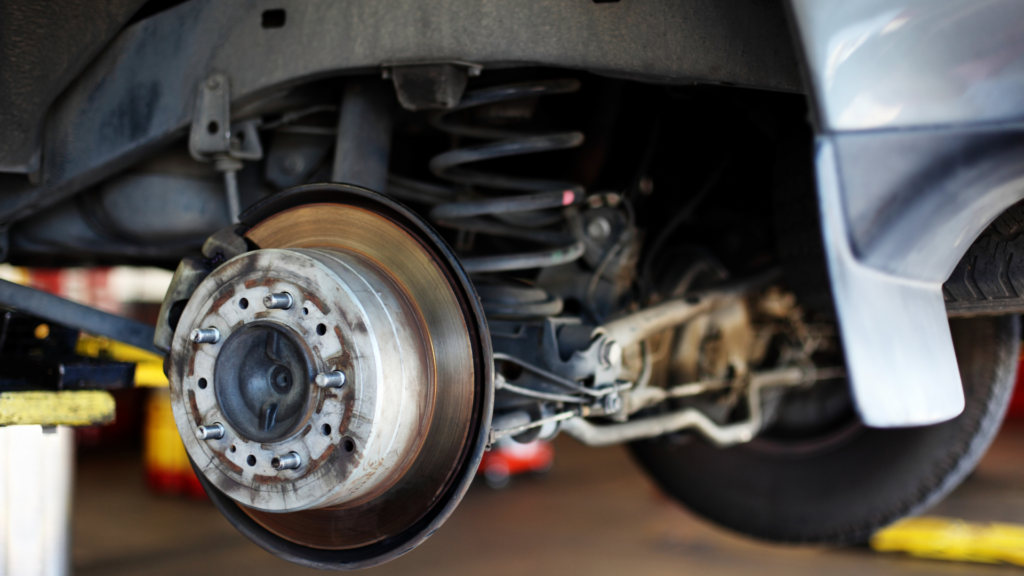The safety of your vehicle is paramount, and when it comes to safety, your brakes play a crucial role. Darwin’s diverse driving conditions, ranging from urban streets to coastal roads and rugged terrains, demand reliable and responsive braking systems. Regular brake inspections are essential to ensure that your brakes are in optimal condition and capable of handling the challenges posed by the Northern Territory’s unique landscape. In this comprehensive guide, we’ll take you through Darwin’s Brake Inspection Checklist, covering everything from common brake issues to proactive maintenance tips. Let’s delve into the world of brake safety and ensure your journey on Darwin’s roads is as safe as it is enjoyable.
Understanding the Importance of Brake Safety
Before we dive into the inspection checklist, let’s briefly emphasize why brake safety is non-negotiable. Brakes are the primary safety feature in any vehicle, responsible for slowing down or bringing the vehicle to a halt. In Darwin’s dynamic driving environment, where road conditions can change rapidly, having responsive and reliable brakes is crucial to avoid accidents and ensure the safety of both drivers and passengers.
Darwin's Brake Inspection Checklist
1. Brake Fluid Level:
Start your brake inspection by checking the brake fluid level. Brake fluid is essential for the proper functioning of the braking system. Ensure that the fluid is at the recommended level and free from contaminants. Low or contaminated brake fluid can compromise braking efficiency.
2. Brake Pads and Discs:
Inspect the brake pads and discs for signs of wear. Worn-out brake pads may produce squeaking or grinding noises, indicating the need for replacement. Additionally, check the condition of the brake discs for scoring or warping, which can affect braking performance.
3. Brake Calipers:
Examine the brake calipers for any signs of leakage or damage. Damaged calipers can result in uneven braking and should be addressed promptly to ensure balanced braking on all wheels.

4. Brake Lines and Hoses:
Inspect the brake lines and hoses for any visible leaks, cracks, or bulges. Damaged brake lines can lead to fluid loss, compromising the effectiveness of the braking system.
5. Brake Pedal Feel:
Assess the feel of the brake pedal. A soft or spongy brake pedal may indicate air in the brake lines or a potential brake fluid leak. A firm and responsive pedal are signs of a healthy braking system.
6. Brake Warning Lights:
Check for any illuminated brake warning lights on your vehicle’s dashboard. These lights may indicate issues with the anti-lock braking system (ABS) or other brake components. Address any warning lights promptly to ensure optimal brake performance.
7. Wheel Cylinder (For Drum Brakes):
If your vehicle has drum brakes, inspect the wheel cylinders for leaks. Leaking wheel cylinders can lead to reduced braking efficiency and should be repaired or replaced.
8. Emergency Brake (Handbrake):
Test the emergency brake or handbrake to ensure it engages and disengages smoothly. A properly functioning handbrake is essential for parking and adds an additional layer of safety.
9. Brake Noise:
Pay attention to any unusual noises when applying the brakes. Squeaking, grinding, or clicking noises may indicate worn-out brake pads, damaged discs, or other issues that require attention.
10. Tire Alignment and Balance:
While not directly related to the braking system, proper tire alignment and balance contribute to even tire wear, which indirectly affects brake performance. Misaligned wheels can lead to uneven brake pad wear.

Proactive Maintenance Tips for Brake Safety in Darwin
- Regular Brake Inspections: Schedule regular brake inspections, especially before embarking on long journeys or during routine maintenance visits. A proactive approach can identify and address potential brake issues before they escalate.
- Brake Fluid Flush: Consider periodic brake fluid flushes to remove old, contaminated brake fluid. Fresh brake fluid ensures optimal performance and prevents issues such as brake fade.
- Quality Brake Pads and Components: Invest in high-quality brake pads and components. Quality brake pads typically last longer, provide better performance, and contribute to overall brake safety.
- Avoid Overloading: Excessive weight puts additional strain on your brakes. Avoid overloading your vehicle to prevent accelerated brake wear and heat buildup in the braking system.
- Driving Habits: Adopt responsible driving habits, including avoiding abrupt stops and starts. Aggressive driving accelerates brake wear and can compromise the safety of your braking system.
- Temperature Considerations: Darwin’s climate can be demanding on your vehicle. Be mindful of temperature changes, as extreme heat can affect the performance of your brakes. Allow for sufficient cooling time after intense use.
Brake safety is non-negotiable, especially in Darwin’s diverse driving conditions. By following Darwin’s Brake Inspection Checklist and incorporating proactive maintenance tips, you can ensure that your brakes are in optimal condition. Regular inspections, attention to warning signs, and addressing issues promptly contribute to the overall safety and reliability of your vehicle on Darwin’s roads. Remember, brake safety is a shared responsibility, and a well-maintained braking system not only enhances your safety but also contributes to the safety of others on the road. Take the time to prioritize brake safety, and enjoy a secure and confident driving experience in Darwin. Contact us today to schedule your brake inspection and maintenance, ensuring your vehicle is well-equipped for the challenges of the road.


